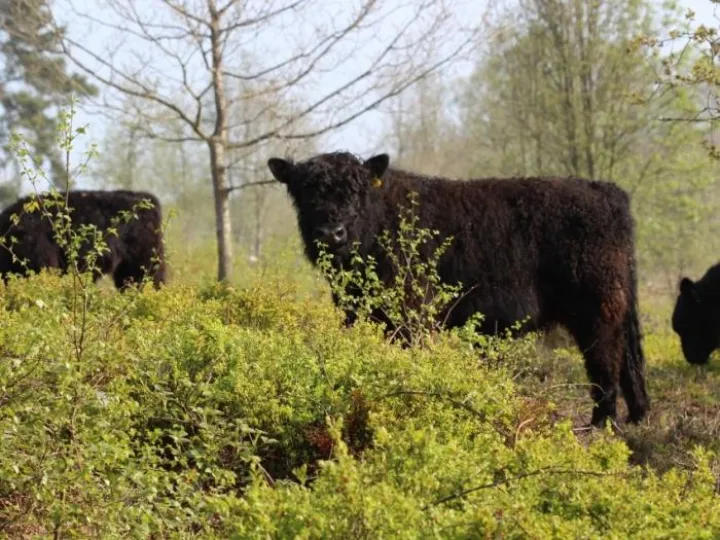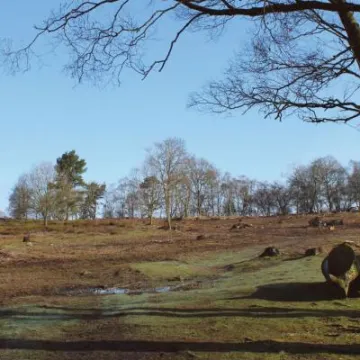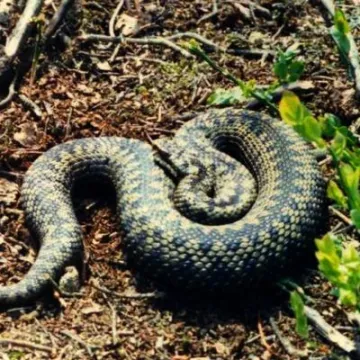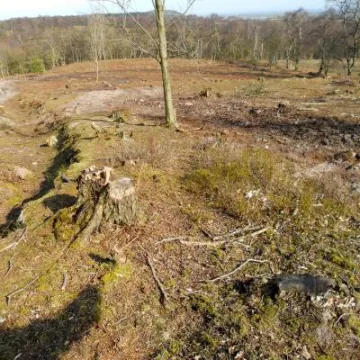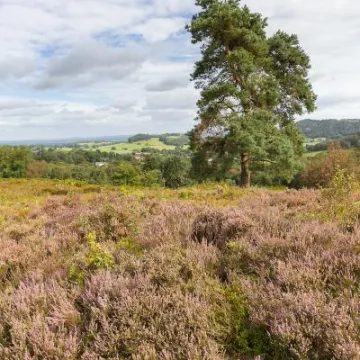Bickerton Hill Heathland Restoration
Bickerton is a fine example of lowland heath, which is one of the rarest, most threatened, yet ecologically diverse habitat types. Bickerton comprises in excess of half the remaining heathland in Cheshire and is designated a Site of Special Scientific Interest (SSSI). Restoration of lowland heath is an international, national and a Cheshire Biodiversity Action Plan priority habitat. Some 40% of Britain's lowland heath has been lost since 1949 and 84% since 1800.
For three thousand years, until the 1940s, the Bickerton landscape was open and dominated by heather and bilberry. It was maintained by perpetual grazing of livestock but due to a decline in agricultural economics during the 1940s and use as a military training area, grazing ceased and the heath began to be taken over by self-seeding birch, which shades out the heathland flora, with consequent adverse impact on associated species including adders, slow-worms, lizards, birds such as the linnet and nightjar, green hairstreak and silver-studded blue butterflies, and numerous other invertebrate species. Many of these are now on the 'red data' list of species threatened with extinction.
The National Trust received Bickerton Hill as a gift in the 1980s and since then it has worked with partners and under agri-environment schemes administered by Natural England, to restore the heathland habitat in order to achieve SSSI 'favourable' status. Tree removal reduces the threat from seeding and shading and ensures condition of the heath improves. It also reduces fragmentation, providing links between previously isolated areas, enhancing opportunity for species migration and population development, whilst maintaining an open character and spectacular views.
Heathland restoration is a lengthy process and the wider re-establishment of heather and bilberry will take many years, but with a reduced threat from birch seeding, combined with grazing, there is every chance that the already high quality habitat will become greater still.
For more information, you may like to visit the National Trust

Sandstone Ridge Trust
Registered Company No. 7673603
Registered Charity No. 1144470
info@sandstoneridge.org.uk

